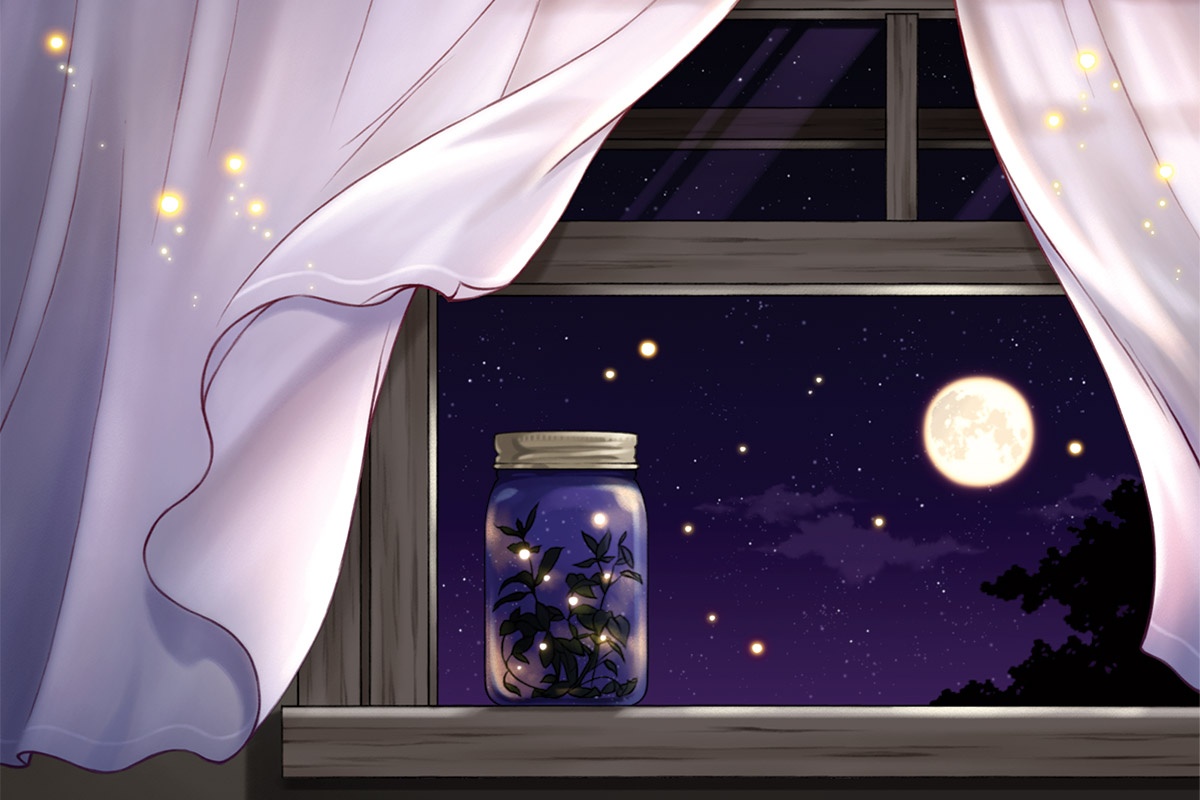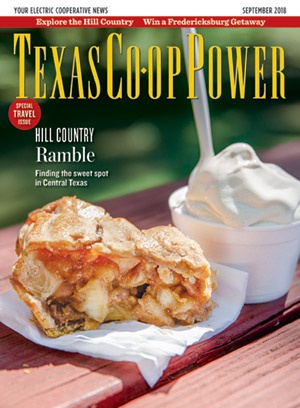Those never lulled into an afternoon nap by the hum of an oscillating fan may not realize that Texans have not always been able to cool off by simply adjusting a thermostat.
During the Truman administration, the only screens most people spent any time in front of were the ones looming above the stage in a darkened movie theater. Long before telephones got smart and when only birds tweeted, air conditioning was not common. In fact, movie theaters and department stores were among the few places of refuge that offered refrigerated air. Well into the 1960s, even public schools operated sans AC.
Nor did cars come from Detroit with what used to be called “factory air.” Back then, keeping cool on the road meant driving with the windows down. On a trip to El Paso with my grandparents when I was barely old enough to look out the window, my grandmother tried to keep me cool by dipping a cloth into a metal ice chest in the back seat then having me hold that around my wrist.
These days, Texas is down to two generations who remember times before air conditioning. Members of the Greatest Generation, the folks who fought in and lived through World War II, spent much of their lives trying to stay cool as best they could before mechanically chilled air became common. Their kids, Baby Boomers, got only a taste of what life was like in the summer without AC, but it was enough to make memories.
Being in a house without air conditioning in hot weather certainly could be uncomfortable, but sitting in a room where the thermostat is set at 71 degrees, it’s possible to remember the lazy, hazy, crazy days of summers past with a hint of nostalgia.
My grandparents—born before 1900—knew only two summertime temperature settings for most of their lives: the heat of the day and the cool of the evening.
“I don’t want you playing outside in the heat of the day,” my grandmother would declare back in the 1950s. “Wait until the cool of the evening.”
The heat of the day needed to be spent in close proximity to a fan, the manufacturing of which certainly would not seem like a growth industry today. But back then, open windows and fans were just about the only way to keep cool unless you spent a lot of time in a swimming pool. Of course, some homes did have evaporative air conditioners, known as swamp coolers, that would blow cool air if the humidity was low enough. Still, most Texans got by with natural and man-made breeze.
An afternoon rain shower could cool things off in the heat of the day, but during the drought of the early 1950s, that didn’t happen often. When it did, Texans considered it a big deal. As long as lightning wasn’t in the area, children in bathing suits or sometimes only their birthday suits ran in the rain and gleefully splashed in water coursing along gutters and borrow ditches.
But, ah, the cool of the evening.
As the sun sank and shadows lengthened, the mercury in the thermometer slowly receded and people emerged from their houses. However, “cool” was a relative term. Even so, evening temperatures in the low 90s or into the 80s and sometimes even the high 70s trumped 100-plus degree afternoons, especially with a little wind out of the south.
In the early days of television, on some cool evenings, one of our neighbors would turn their TV set around to face outward from the picture window in their living room so neighbors could sit outside on metal lawn chairs, watching the black-and-white screen. The audio drifted out through the screen door.
Most of the time during the cool of the evening, people sat on their front lawns or porches and just talked. They also might eat a bowl of homemade peach ice cream and wash it down with a glass of iced tea, but mostly they just visited, enjoying the drop in temperature, however modest. While the grown-ups talked, kids clutching Mason jars with holes punched in the lids ran after fireflies, better known as lightning bugs.
In that long-ago time, when we went to bed, we fell asleep with the windows open, relaxed by the sounds of the night. The gentle rustling of the big cottonwood tree in the front yard made a peaceful white noise decades before I ever heard the term. The buzz of June bugs and the chirping of crickets produced a lot more noise than passing cars.
All too soon, in a rhythm that has survived the advent of air conditioning, the cool of the evening once again warmed into the heat of the day.


